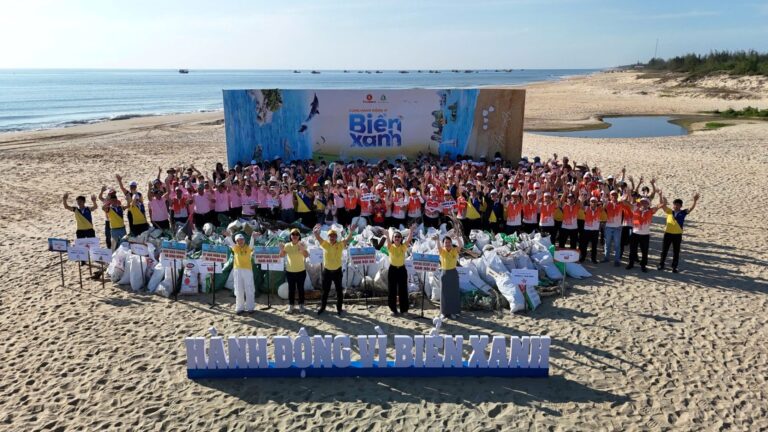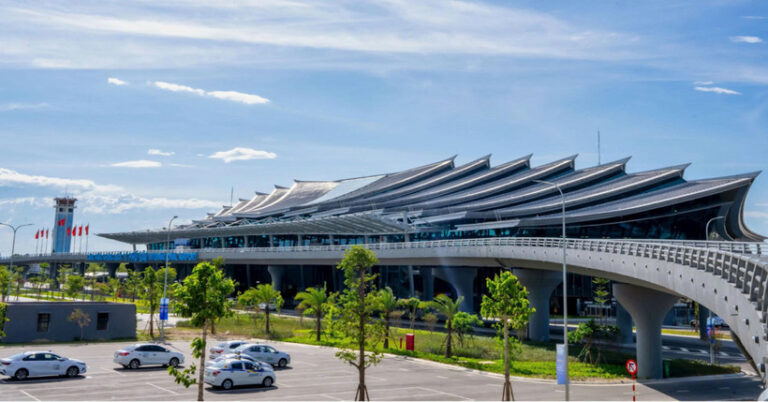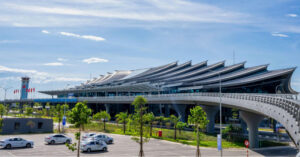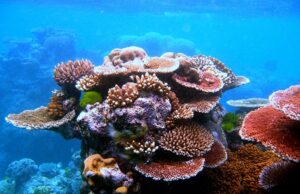Đông Temple – one of the most prestigious historical and cultural relics in the northern province of Hải Dương has sustained serious damage due to the effects of weather and time, despite efforts by local people and authorities to preserve the structure.
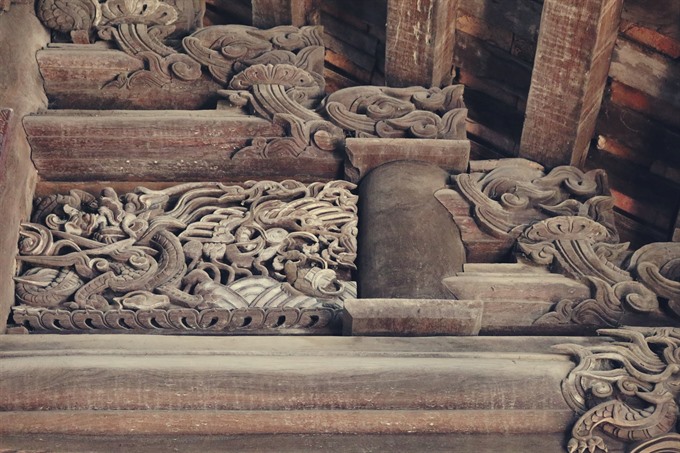
Details: The temple’s special wooden structure bears typical engravings of the Hậu Lê (Post-Lê) Dynasty (1428-1789). — Photo Hồng Vân
Built in the 16th century, the temple was first restored in the 18th, with work completed on the incense burners, communal well, three altars, five external halls, five medium halls and four harems.
Its special wooden structure includes sculptures of dragons and pearl patterns bearing typical engravings of the Hậu Lê (Latter Lê) Dynasty (1428-1789), has been damaged by termites and woodworms.
Nguyễn Đình Tơ, an elderly man who lives close to the temple and works as a guard, said the state of the temple has gotten worse over the past five years, mostly due to severe weather and infestations of insects.
Tơ pointed out various spots of damage on the temple’s main wooden pillars, which he said were caused by termites. The man pointed to broken tiles on the roof, with sunlight shining through the holes up there.
The front doors were also rickety due to their old and damaged frames.
As the interior pillars suffered the most damage, local people used concrete to strengthen them to ensure they would not become a danger for visitors, according to Tơ.
To the left of the temple is a secret tunnel used as a shelter for Vietnamese soldiers during the resistance war against French.
The tunnel, built during the 1940s, is 3m deep, 8m wide and 25m in length. The big tunnel was often flooded during rainy days.
Tơ said the tunnel was designed with a narrow door, so that only one person could fit through at one time. After flooding, the tunnel is only cleaned when a festival is held in the temple.
Local authorities and people are worried about the current condition of the temple.
They have repeatedly reported the issue to Thanh Miện District authorities and the Department of Culture, Sports and Tourism of Hải Dương Province.
Chairman of the Communal People’s Committee, Nguyễn Đức Ban, said a submission for funding to restore the temple was also sent to the Government in 2004, but no response was received.
Meanwhile, according to Nguyễn Đình Phương, a communal cultural official, the restoration and preservation of the temple could cost up to VNĐ10 billion (roughly US$430,000).
Locals were still trying their best to protect the site while hoping for Government support as Phương said the locality could not cover all of the funding.
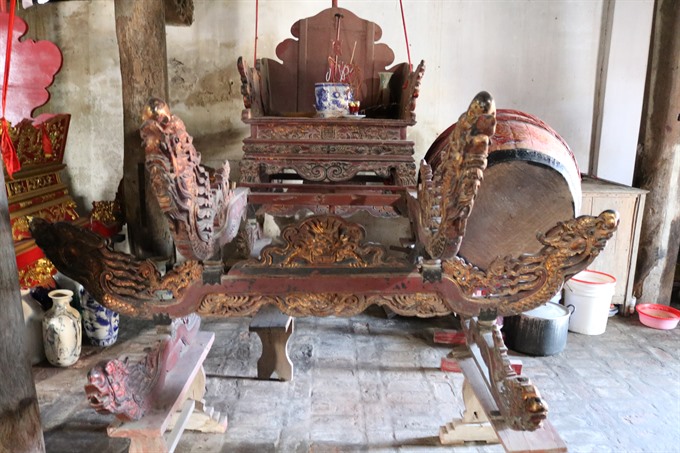
Intricate seat: A palanquin with ancient decorations is usually used for the temple festival held annually on the 10th January of the Lunar calendar. — VNA/VNS Photo Mai Phương
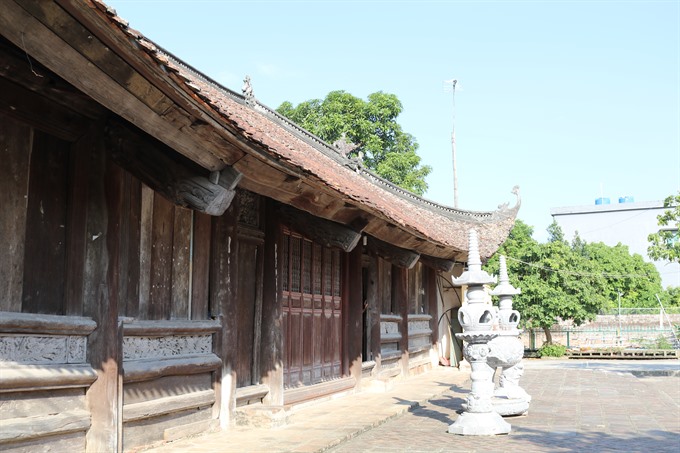
Needs work: Front doors of the Đông Temple. VNS Photo Hồng Vân
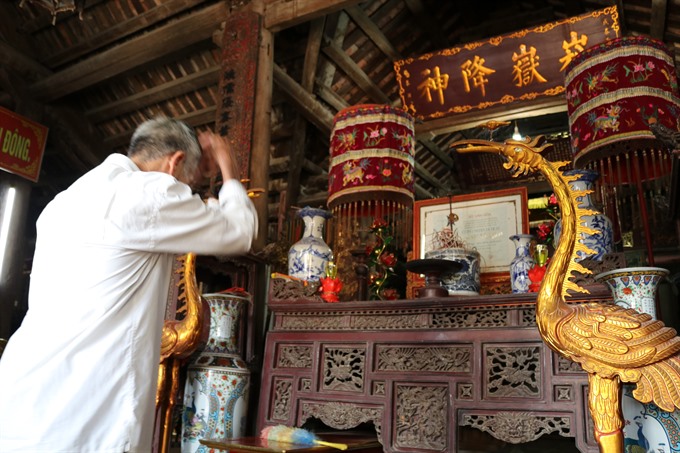
Holy place: Part of the worshiping altar in the Đông Temple. — VNS Photo Hồng Vân
Historic tales
Đông Temple was established to worship Nguyễn Phục and Đỗ Uông – two famous honorable men of King Lê Thánh Tông and the Phúc Mạc reign in the 15th and 16th century, respectively.
Stories about Nguyễn Phục have inspired many to visit the temple and pay their respects to the legendary figure.
At the age of 20, Nguyễn Phục, also known as Phục Công, was appointed as an academic mandarin responsible for teaching princes under the reign of King Lê Nhân Tông (1453).
With his intelligence and talents in diplomacy, under King Lê Thánh Tông (1460-1497), Nguyễn Phục was assigned as a diplomatic envoy to the Chinese Ming Court three times.
He successfully fulfilled his task in protecting the prestige of the nation and was praised and honoured by the King for his work. At the same time he was appointed as the governor of Thanh Hóa Province.
In 1470, he followed Kinh Lê Thánh Tông to fight against Champa invaders and worked as a general managing the troop’s food supplies.
When troops faced a storm while sailing on a river in Lạch Trào in Thanh Hóa, Nguyễn Thục tried to protect the food, but accidentally let many of the soldiers go hungry.
His actions went against the King’s orders, thus he was charged with disobeying military command and was sentenced to death in October 1470.
He was buried in Nam Dương, now Sầm Sơn Town, in the central province.
However, after defeating the Champa invaders, the King later reconsidered Nguyễn Thục’s case so he decided to reinstate his ranks and ordered people and authorities living near the sea in central provinces from Quảng Bình to Quảng Trị and some others localities to build temples to worship the general.
At present, there are about 72 temples in Nguyễn Phục’s name across the country. Legend has it that Phục was the brains behind the raising of silkworms.
Many villages along big rivers such as Đáy and Nhuệ in Hà Đông and Sơn Tây provinces, now part of Hà Nội, which raise silkworms to produce silk cloth, have honoured him as their villages’ Patron Saint. — VNS


